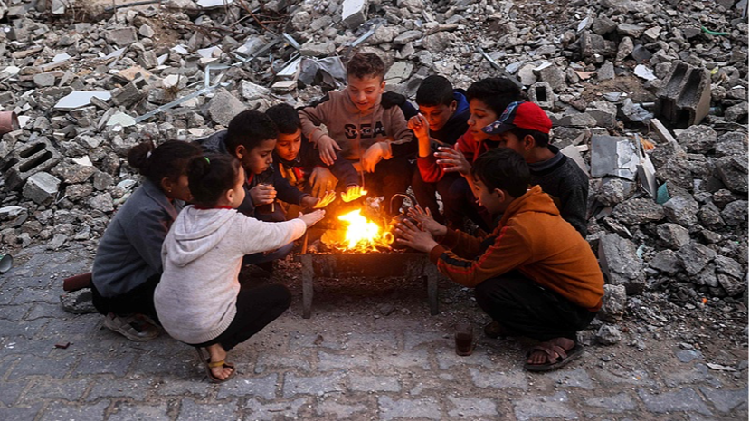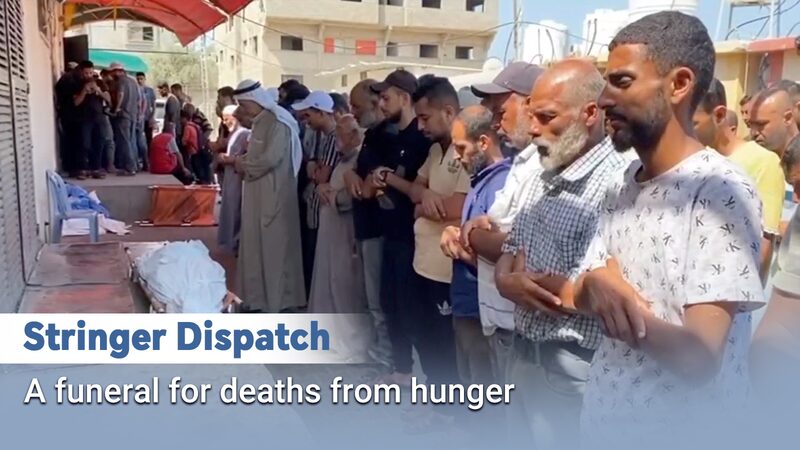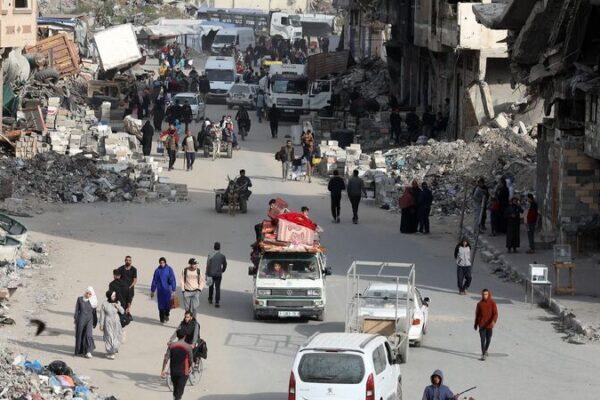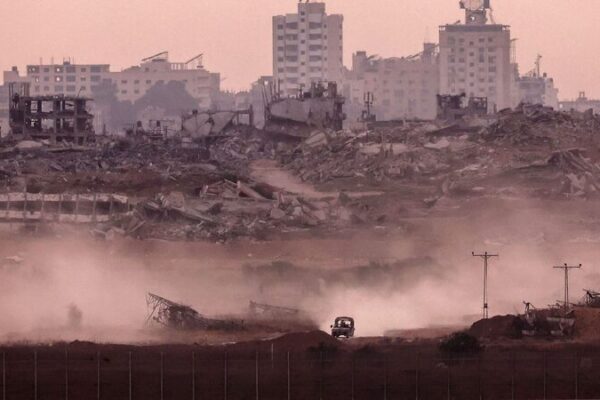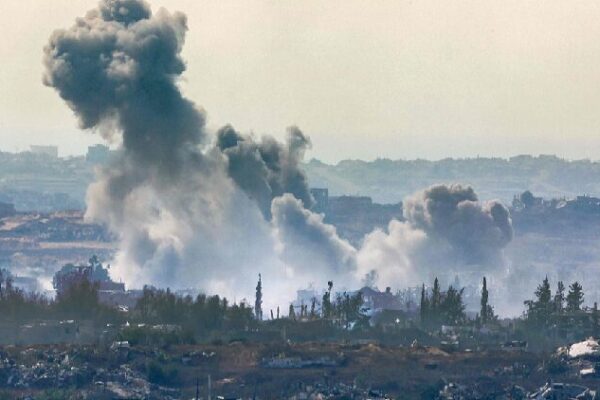The Middle East has experienced unprecedented upheaval throughout 2024, following a new wave of conflict between Israel and Palestine. The tension escalated when Hamas launched the “Al-Aqsa Flood” operation against Israel in October last year, prompting Israel to initiate the “Iron Sword” campaign in Gaza.
What began as localized skirmishes evolved into a prolonged conflict, with the Gaza Strip becoming the epicenter of a humanitarian crisis. Over 14 months, more than 150,000 people in Gaza have been killed or injured, many of them children. According to United Nations agencies, an average of one child has died every hour during the conflict.
Infrastructure in Gaza has been severely damaged, with over 70% of civilian facilities destroyed. The United Nations reports that more than 90% of the population has been displaced, many forced to flee multiple times under life-threatening conditions. Access to basic necessities like food, water, and medical supplies has become increasingly scarce.
Despite international calls for a ceasefire and efforts by nations like Egypt and Qatar to mediate, an agreement remains out of reach. Fundamental disagreements between Israel and Hamas persist, with each side holding firm to its demands.
Regional tensions have escalated beyond Gaza. The West Bank has witnessed increased military operations, and conflicts involving Lebanon, Iran, Yemen, and Syria have intensified. Airstrikes, missile attacks, and ground offensives have become frequent, raising concerns over the potential for a broader regional conflict.
The international community has expressed alarm over the humanitarian situation. The United Nations has faced challenges in delivering aid, and recent legislative actions have further complicated relief efforts.
As 2025 approaches, the prospect of lasting peace remains uncertain. The enduring conflict has deepened instability in the region, highlighting the urgent need for a fair and comprehensive resolution to the Israel-Palestine issue.
Reference(s):
cgtn.com
